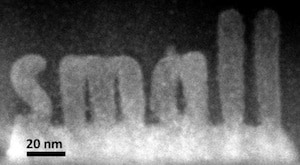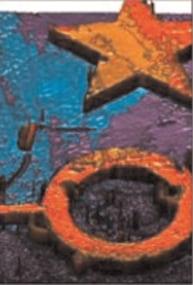Two microRNAs with synergistic effects, one that suppresses tumor growth and another than inhibits tumor promotion, are combined in an RNA triple helix, complexed with a dendrimer to form nanoparticles, which are incorporated with a polymer to form a hydrogel that inhibits tumor growth when applied to the tumor.
Novel nanoconjugate delivers synergistic combination of microRNAs to treat cancer









